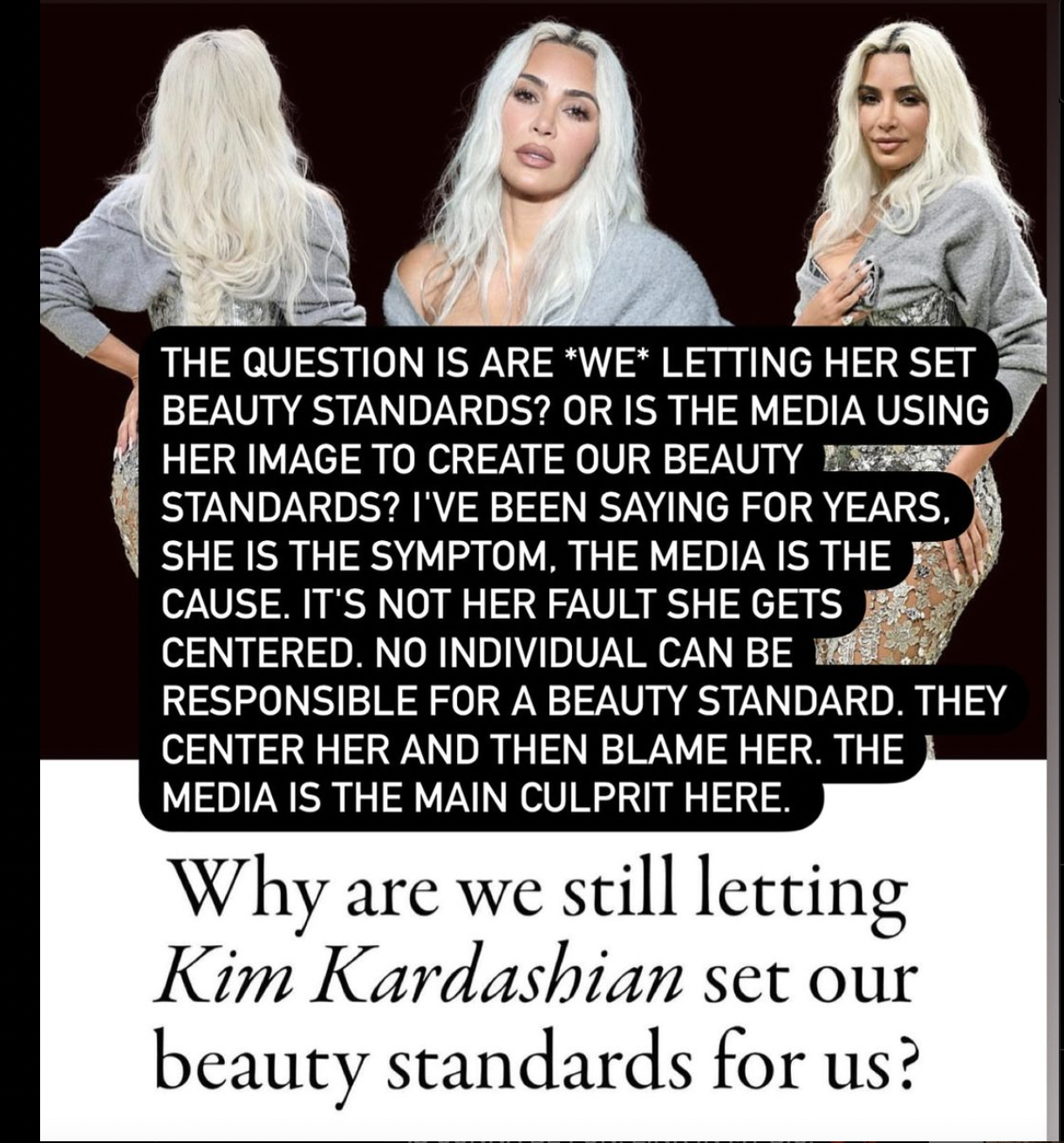A Ban on Microplastics is Just the Beginning
This month, the European Commission made history by making a sweeping commitment to reducing plastic pollution that impacts our environment. Attempting to limit plastic production at its source, the organization implemented several restrictions designed to stop microplastics from being sold in products and entering our oceans.
The ban targeted loose glitter primarily but also affected the use of microplastic ingredients in other consumer products, including cosmetics.
“Banning intentionally added microplastics addresses a serious concern for the environment and people’s health,” said Virginijus Sinkevičius, the Commissioner for Environment, Oceans and Fisheries at the EC.
Obviously, all of this sounds great. But what does the recent ban mean exactly? And more importantly, is it enough?
What are microplastics?
It’s probably a good idea to start with the basics. Understanding what microplastics are and their impact on the environment can give you a better sense of why the ban was important.
Microplastics, as their name suggests, are tiny fragments of plastic, generally smaller than 5 millimetres in diameter. They come from various sources: some are manufactured to be small, like the microbeads once popular in face scrubs and toothpaste, while others are the result of larger plastic items breaking down over time.
What makes them troubling is that their small size means they can be ingested by a wide range of marine life, from plankton to larger marine mammals. This also means that these microplastics potentially enter the food chain, eventually being consumed by humans. Last year, microplastics were found in human blood for the first time.
Obviously, microplastics are harmful to all living things, but more studies are needed to understand quite how bad the situation is. The reality, however, is that microplastics are prevalent in our world and dangerous to ecosystems and human health. Evidently, something needed to be done to stop even more widespread microplastic pollution.
EU Micoplastic Ban explained
The European Commission decided to act, introducing a new ban on the sale of microplastics below five millimetres in size. What’s more, products where microplastics were added were also prohibited. One of the main focus areas was the cosmetics industry, which often used microplastics within exfoliators, or to add texture to products.
Plastic glitter was also on the hit list. As of this month, people are essentially prohibited from buying or selling loose glitter, or shimmery products that contain glitter particles. People would be encouraged to purchase environmentally-friendly glitter instead. It’s worth highlighting that this doesn’t mean Europe’s glitter supplies would be sent straight to landfill. Inseated, retailers who already had stocks of glitter would be able to sell their products after the ban until supplies ran out.
According to an EU statement, the ban only targeted certain types of glitter while others could still be sold. “Only glitter made of non-biodegradable, insoluble plastic is concerned,” it read. The statement also added: “The purpose is not to ban all glitter but replace plastic glitter with more environmentally-friendly glitter that does not pollute our oceans.”
Despite this, the news actually prompted a surge in glitter sales in Germany as people rushed to stock up on unsustainable glitter products before the ban came in 🤔
Is the EU ban enough?
We've got to commend the EU for taking this huge step toward banning microplastics. However, as with any environmental intervention, the question on everyone's lips is: is it enough?
Dive a bit deeper, and you realize there are areas the ban might not fully address. While it tackles intentionally added microplastics in consumer products, it's almost like trying to put out a forest fire with a bucket of water when you consider the larger picture. For instance, think about the degradation of bigger plastic items over time — that's a significant contributor, and yet it seems to fly under the radar.
The unexpected rush in glitter sales in Germany also highlights a bigger challenge: changing consumer mindset. Environmental measures, no matter how strict, can be limited in their effectiveness if you don’t have public support. A more informed public would likely be more supportive of such bans, understanding the reasons and the urgent need for action. Then there's the issue of actually enforcing the ban. Given the sheer size of Europe and the number of cosmetic and consumer products, this isn’t necessarily easy. And what happens to those that get caught out anyway?
Lastly, and most importantly, plastic pollution is a global problem. Oceans have no borders, and microplastics released in one part of the world can easily be carried to another.
The EU's ban, as groundbreaking as it is, feels like one piece of the puzzle. But you know what? Every movement needs a starting point. And if this ban sparks wider discussions, not just in Europe but globally, then it's a leap in the right direction.
The reality is each of us will have a role to play — are you doing your bit?







